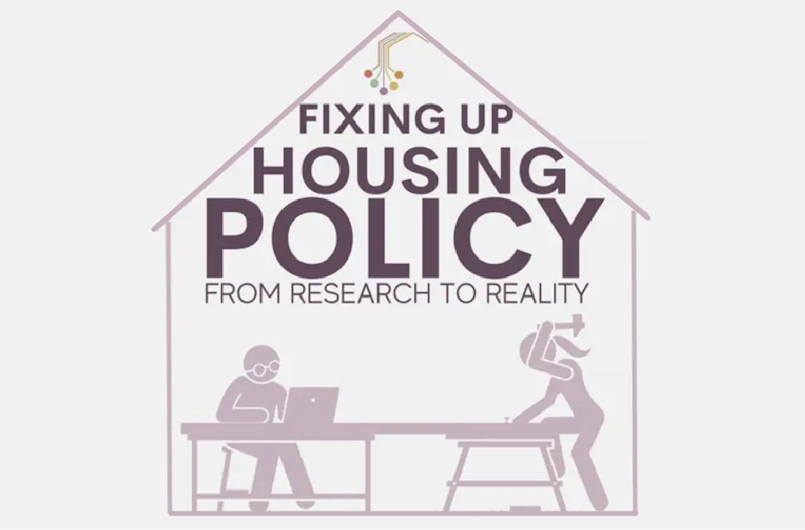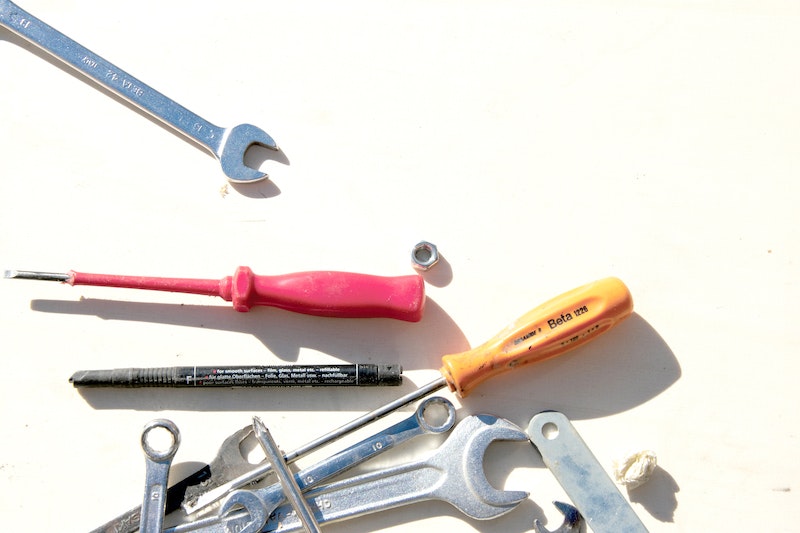By the time you’re hunting for a home to buy, you probably know all about health insurance, car insurance, and maybe life and renter’s insurance.
But mortgage default insurance? Typical first-time buyers are encountering it for the first time when they close on their big, exciting purchase. To avoid having an unpleasant surprise when the time comes, it’s best to understand mortgage insurance ahead of time.
Lenders pay for mortgage default insurance in the form of a one-time premium, and pass the cost on to buyers. You could pay the whole premium up front if you wanted. But since the amount is usually in the tens of thousands of dollars, most buyers take the option of having it added to their mortgage.
If you could figure out an option for avoiding mortgage insurance altogether, wouldn’t that be even better? Hint: It is possible.
Let’s take some time to understand a housing cost that can add hundreds of dollars a month to your mortgage payments — if you have to pay it.
Mortgage insurance in Canada: the basics
When someone buys a home in Canada, they’re required to also take out mortgage insurance if the purchase price of the home is under $1-million and they have a high-ratio mortgage. That means a down payment of less than 20% on the purchase price.
The provider is always the same: the Canada Mortgage and Housing Corporation (CMHC), a federal crown (meaning government-owned) corporation that works to make housing accessible.
The fact that mortgage insurance is mandatory in some circumstances means certain buyers don’t just have to qualify for a mortgage, they also have to qualify for mortgage insurance, too. CMHC’s requirements include:
- The home must be located in Canada.
- The carrying cost of the home — including mortgage, condominium fees, heating costs and property taxes — shouldn’t exceed 32% of your household’s gross (before-tax) income
- Your total debt load shouldn’t exceed 40% of your gross income.
You can see the full list of requirements here.
Now for some reassurance: Your primary mortgage lender handles applications for CMHC mortgage insurance on behalf of borrowers and the process tends to be pretty routine.
Also note that if you’re a second-time buyer (or third, or fourth …) you could be able to save on the CMHC premium thanks to what’s called “mortgage portability.” Your lender can fill you in on the details.
What does CMHC insurance protect buyers against?
Nothing, unfortunately. This is insurance to protect the mortgage lender in case the buyer defaults. It does not protect the buyer. (But yes, you still have to pay it.)
How much will my CMHC mortgage insurance premium be?
The CMHC table here shows you how to work out the percentage of your purchase price that you would pay, depending on the size of your down payment. Smaller down payments put you in higher percentage brackets, which run up to 4% of the amount of the loan. Note that the insurance premium is calculated on the loan (that is, the mortgage) — not the total purchase price for the home.
It’s easier to picture using an example, so here’s one: If you purchased a home for $750,000 and made the minimum down payment of 6.67% (which works out to $50,000), your insurance premium would be $28,000.
Here's the breakdown: Purchase price of $750,000 minus down payment of $50,000 equals $700,000. That puts you in the 4% premium bracket, and 4% of $700,000 is $28,000. Add this to your mortgage and the starting balance is now $728,000.
How much does the insurance premium add to your mortgage payments each month?
It’s not a huge amount of money, but it’s enough that you would notice the difference.
Let’s take the scenario above — a $750,000 home purchase with the minimum down payment — and let’s also imagine that the buyer is paying 4.5% interest on a 25-year mortgage. With the insurance premium lumped into the mortgage amount, they’re paying $4,029 per month, rounded to the nearest dollar.
If the insurance premium wasn’t there, the payment would be $3,874. In other words, the CMHC insurance premium is costing our imaginary buyer about $155 each month as they pay down their mortgage.
That’s nothing to sneeze at. But the insurance premium has to be paid for, because it’s mandatory in our scenario. So … what if you could avoid paying it altogether?
Why it’s better to have a shared equity second mortgage
Options for Homes helps bring homeowership within reach with the Options Ready Program. This program provides access to down payment support up to 15% of the purchase price of a unit. This down payment support is adminsistered as a shared equity second mortgage.
With a shared equity second mortgage that topped up their total down payment to 20% — in our example, $150,000 down on a $750,000 home purchase — our imaginary buyer wouldn’t be required to take out mortgage insurance at all.
Not only that, the shared equity second mortgage would save them lots of money by reducing the size of the loan they have to take out — down to $600,000, to be specific. So, under the same lending terms as above (4.5% interest, 25-year term), the buyer’s mortgage amount would be $3,321.
In other words, down payment support would save a buyer nearly $800 per month altogether. If you think that’s worth some consideration, learn more about the advantages of becoming a homeowner with the help of the Options Ready Program.







